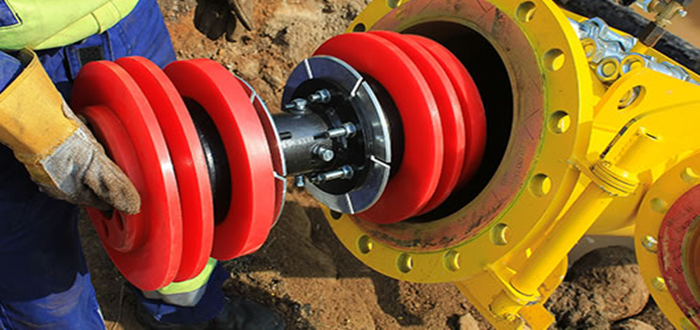What is pipelining? Benefit of your Pipeline Cleaning Services
What is pipelining? Pipelining is the process of storing and prioritizing computer instructions that the processor executes. The pipeline is a "logical pipeline" that lets the processor perform instructions in multiple steps. The processing happens in a continuous, orderly, somewhat overlapped manner. In computing, pipelining is also known as pipeline processing. It is sometimes compared to a manufacturing assembly line in which different parts of a product are assembled simultaneously, even though some parts may have to be assembled before others. Even if there is some sequential dependency, many operations can proceed concurrently, which facilitates overall time savings. Pipelining creates and organizes a pipeline of instructions the processor can execute in parallel.

Creating parallel operators to process events improves efficiency.
The pipeline is divided into logical stages connected to each other to form a pipelike structure. Instructions enter from one end and exit from the other. Pipelining is an ongoing, continuous process in which new instructions, or tasks, are added to the pipeline and completed tasks are removed at a specified time after processing completes. The processor executes all the tasks in the pipeline in parallel, giving them the appropriate time based on their complexity and priority. Any tasks or instructions that require processor time or power due to their size or complexity can be added to the pipeline to speed up processing. Please visit here Trenchless Pipelining and know more about Pipelining system.
Types of pipelines:
Instruction pipeline_ The instruction pipeline represents the stages in which an instruction is moved through the various segments of the processor, starting from fetching and then buffering, decoding and executing. One segment reads instructions from the memory, while, simultaneously, previous instructions are executed in other segments. Since these processes happen in an overlapping manner, the throughput of the entire system increases. The pipeline's efficiency can be further increased by dividing the instruction cycle into equal-duration segments.
Arithmetic pipeline_ The arithmetic pipeline represents the parts of an arithmetic operation that can be broken down and overlapped as they are performed. It can be used for used for arithmetic operations, such as floating-point operations, multiplication of fixed-point numbers, etc. Registers are used to store any intermediate results that are then passed on to the next stage for further processing.
Advantages of pipelining: The biggest advantage of pipelining is that it reduces the processor's cycle time. This is because it can process more instructions simultaneously while reducing the delay between completed instructions. Although pipelining doesn't reduce the time taken to perform an instruction -- this would still depend on its size, priority, and complexity -- it does increase the processor's overall throughput. Furthermore, pipelined processors usually operate at a higher clock frequency than the RAM clock frequency. This makes the system more reliable and also supports its global implementation.
Instruction Pipelining: Let us look the way instructions are processed in pipelining. This can be easily understood by the diagram below. Assume that the instructions are independent. In simple pipelining processor, at a given time, there is only one operation in each phase. The initial phase is the IF phase. So, at the first clock cycle, one operation is fetched. When the next clock pulse arrives, the first operation goes into the ID phase leaving the IF phase empty. Now, this empty phase is allocated to the next operation. So, during the second clock pulse first operation is in the ID phase and the second operation is in the IF phase.
Pipelining Architecture: Parallelism can be achieved with Hardware, Compiler, and software techniques. To exploit the concept of pipelining in computer architecture many processor units are interconnected and function concurrently. In pipelined processor architecture, there are separated processing units provided for integers and floating-point instructions. Whereas in sequential architecture, a single functional unit is provided. Pipelined Processor Unit, Pipelined Processor Unit, In static pipelining, the processor should pass the instruction through all phases of the pipeline regardless of the requirement of instruction. In a dynamic pipeline processor, an instruction can bypass the phases depending on its requirement but has to move in sequential order. In a complex dynamic pipeline processor, the instruction can bypass the phases as well as choose the phases out of order.
Clear Choice Drain Solutions
Massachusetts
Comments
Post a Comment